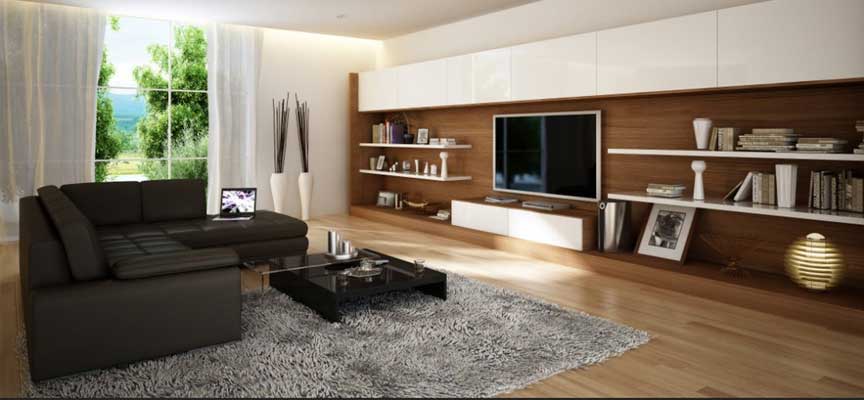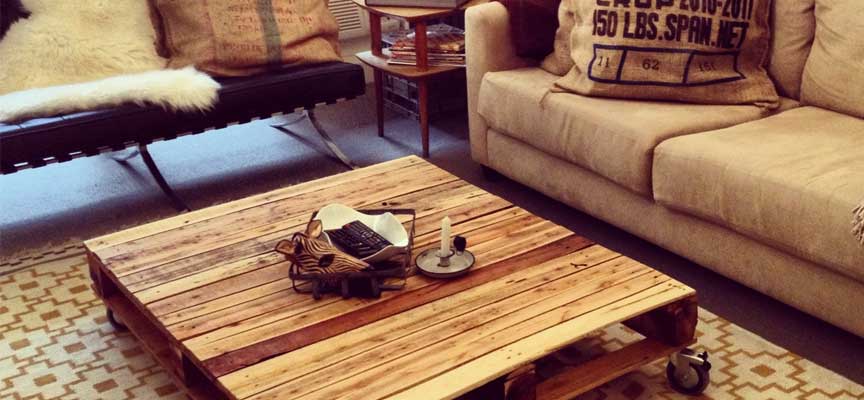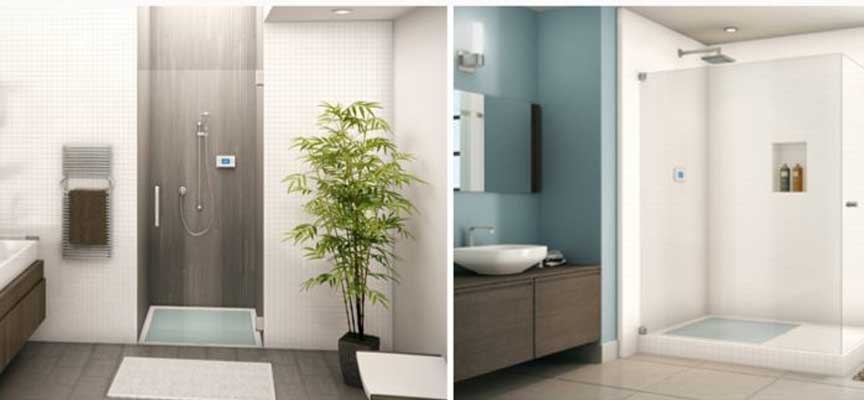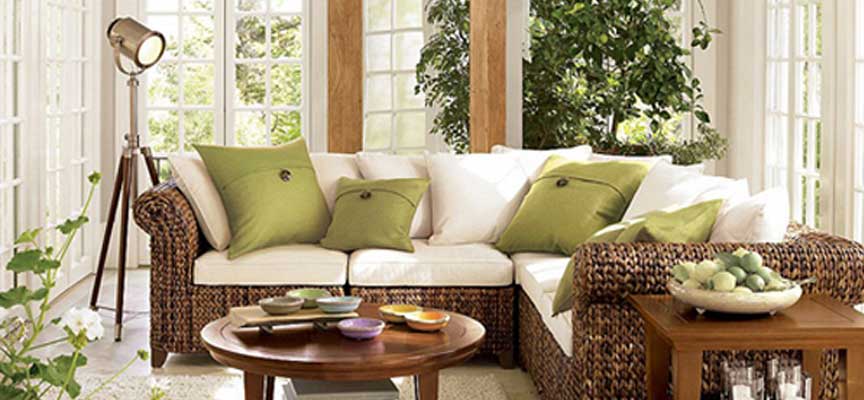FENG SHUI – The Art of Decorating
Feng Shui is an ancient Chinese Taoist art exploited, among other things, to furnish your home in a harmonious way. It is often compared to Western architecture, even if the Feng Shui has a footprint rather atypical, it follows specific rules of astrology and the psyche.
The words ” Feng ” and ” Shui ” mean ” wind ” and ” water ” the two main factors that determine the environment in which we live. The wind and water can be equated to the imaginary most common of Yin and Yang. The yin, feminine, in Feng Shui is water mentro yang, masculine, is given by the wind.
There are several schools of thought about Feng Shui and its origins. Among the most reliable, the theory is one that supports the origins of Feng Shui in a matrix Astrological and in particular, in 9 Star, a horoscope that consists of 9 numbers associated with the five elements (fire, earth, metal, water, wood ).
Each element is associated with a geographical direction, for example, fire is associated with the south and indicates brightness, creativity, and inspiration, in opposite-just like Yin and Yang. The water is bound to the north and concerns the capacity for introspection, the interiority and the rest.
According to the Art of Feng Shui directions exist are more conducive to the various activities in the house and also the shape and colors of the accessories may have a big influence on daily life as they are characteristics closely associated with the 5 elements 9 Star.
For example, according to the principles of Feng Shui, a home should necessarily be square or rectangular and the east side should be protected by very tall plants, which symbolize a dragon green plants and lowest in the west that can be interpreted as a white tiger.
To the north, it would be good to have a hill or a large boulder. It would be the turtle, while to the south, the red phoenix can be symbolized by a stone wrapped in a red thread. The turtle should protect the careers and ambitions of an individual as well as the Green Dragon should ensure harmony and rest.
Just for the principle of ” Yin Yang ” and ” Wind Water “, Feng Shui provides an optimal position for the rest: the North is the relaxation then the head should be exposed in this direction with their feet towards the south.
As for the colors, they also have a big influence, here’s a brief overview: The Blue is the color of Water, and the North and has a positive effect on his career. The Purple has a strong influence on the ties of friendship, if a room facing west is decorated with yellow, stimulate creativity, and this could be a perfect place for children.
The Art of Decorating in practical terms. In Feng Shui, a room ready in the North could be ideal for meditation. In the South, it would be perfect to set up a creative workshop, maybe painted yellow for the children, while in the North-West and West, Directorates linked to the metal would be good to set up an office because this direction is extremely favorable for the financial assets and organizational better if furnished green that evokes knowledge and enlightenment.
Without a shadow of a doubt, a dining room should be built towards the South-West or North-East, both governed by the element Earth which according to astrology concerns the nutrition and health, as the lunch is a time of social sharing, better if the furniture is blue, the color of the Northeast that is dedicated to the family and loved ones.
The element of wood is in the direction East or South-West, and it relates to traveling, but also commercial innovations such as technology and computer science.




